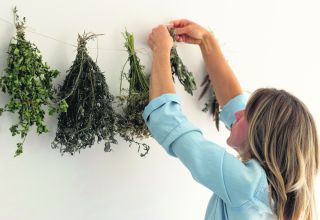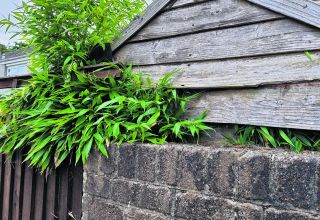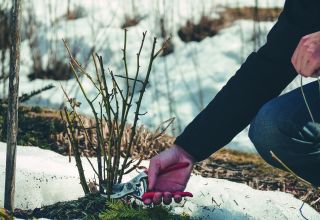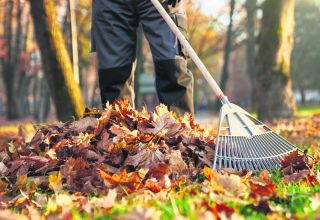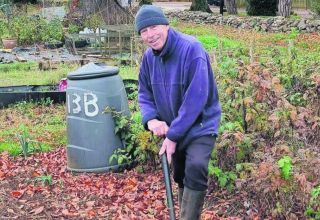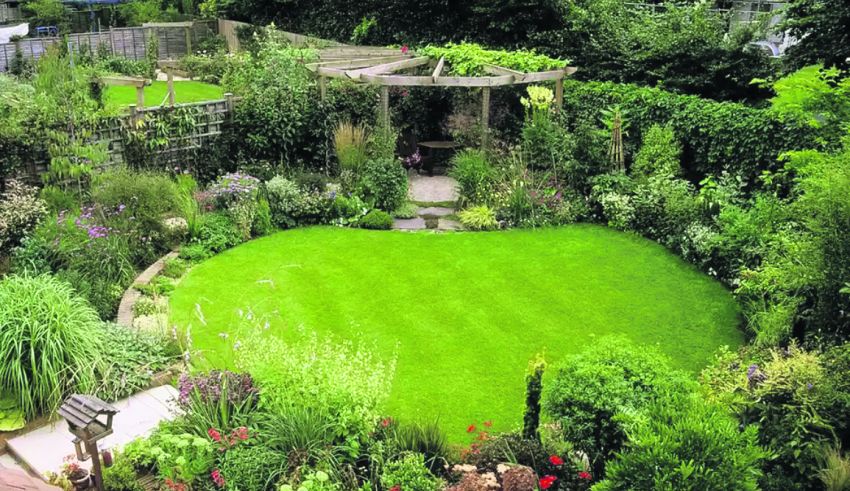
Paving, gravel, bigger borders, more emphasis on labour saving planting schemes are all popular alternatives as record numbers of us decide to give the lawn the chop.
Are we starting to see the end of the traditional English lawn? Will those lush green, perfectly striped displays of grass which dominate many gardens become a thing of the past?
Since Covid almost a third of garden owners have decided to update their gardens, adding different features, changing planting, introducing landscaping and just doing something different.
And one theme says a new report, is that lawns are getting the chop.
The report, which surveyed over 7,200 homeowners, found that 54 per cent of people with a natural lawn will decrease its size or remove it all together when upgrading their gardens. Paving, gravel, bigger borders, more emphasis on labour saving planting schemes are all popular alternatives to real grass.
This follows the move towards gardens that are easy to maintain, with 67 per cent of those surveyed stating this as a key priority when renovating their garden.
A 2021 Mori Poll found that three million front gardens have been paved over in the last decade.
Reducing the size of your lawn or removing grassed area altogether can help you conserve water and save time. It can also give you the incentive to make your garden more colourful. But where do you start?
While lawns offer space for picnicking and playing outdoors, they also require a lot of maintenance. Between keeping up the demands of regular mowing, dealing with the weeds and often the water bill, many homeowners now look for alternative solutions.
So why not consider reducing the size of your lawn? With some thoughtful plant selection and placement, you can reduce the amount of lawn that you maintain by at least 40 per cent and enjoy a lower maintenance garden that still looks neat and well cared for.
By reducing your lawn by even 25 per cent, you’ll be providing a more diverse habitat for birds and pollinators. In addition, you will create a beautiful, low-maintenance landscape.
Start by taking a good look at your lawn. The most obvious lawn areas to eliminate are places where the grass doesn’t thrive in the first place—shaded areas under trees, wet sections in the yard, and rocky outcroppings.
Ask yourself how much lawn you really need.
Once you’ve determined what you want your garden to be you may find that you can dramatically decrease your lawn. But don’t make any big changes — not right away. Do a little research before you start. Start small and replant over a period of months or even years.
So, what can replace your lawn?
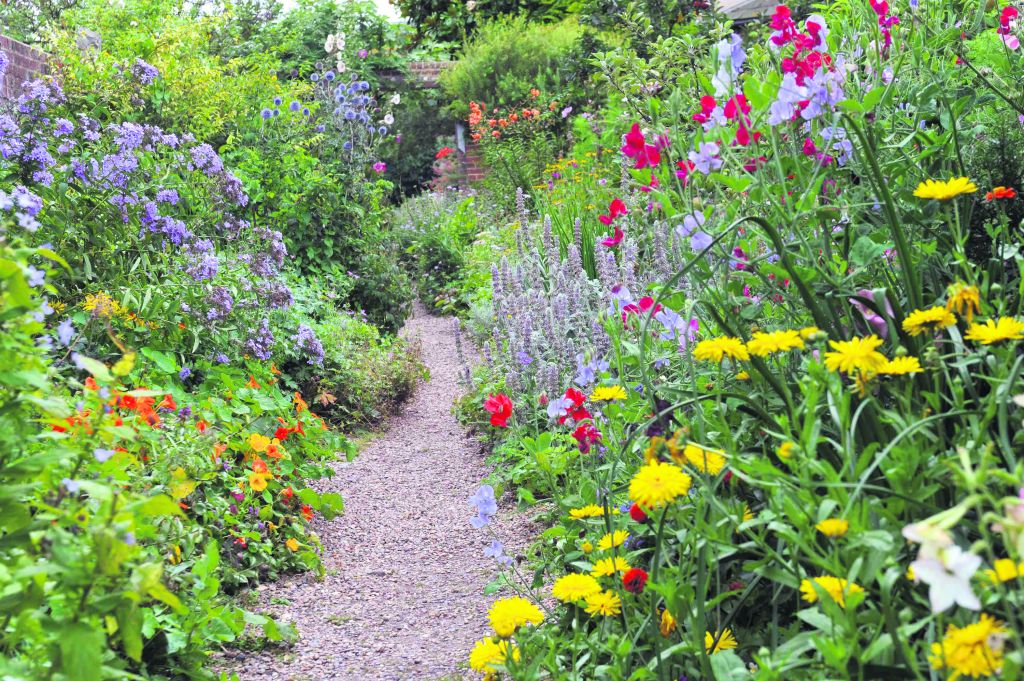
Perennial borders
While annual flowers are a great choice for the areas closest to paths, patios and entryways where they can be enjoyed up close, larger perennial species are a complementary choice for the far sides of the lawn where the swathes of colour and texture can be enjoyed from a distance.
The maintenance required is much less than for annuals – cutting back the flower stalks once or twice a year is usually sufficient.
Ground cover
Large scale ground cover plantings are a low maintenance alternative for lawns. Many offer colourful foliage, seasonal flower displays or interesting textures. There are varieties for shady areas, as well, providing options for replacing a lawn that is failing due to lack of sunlight. Ground covers are a suitable choice when you want to eliminate the lawn entirely, as they tend to have a uniform appearance that is appealing when repeated over a large area.
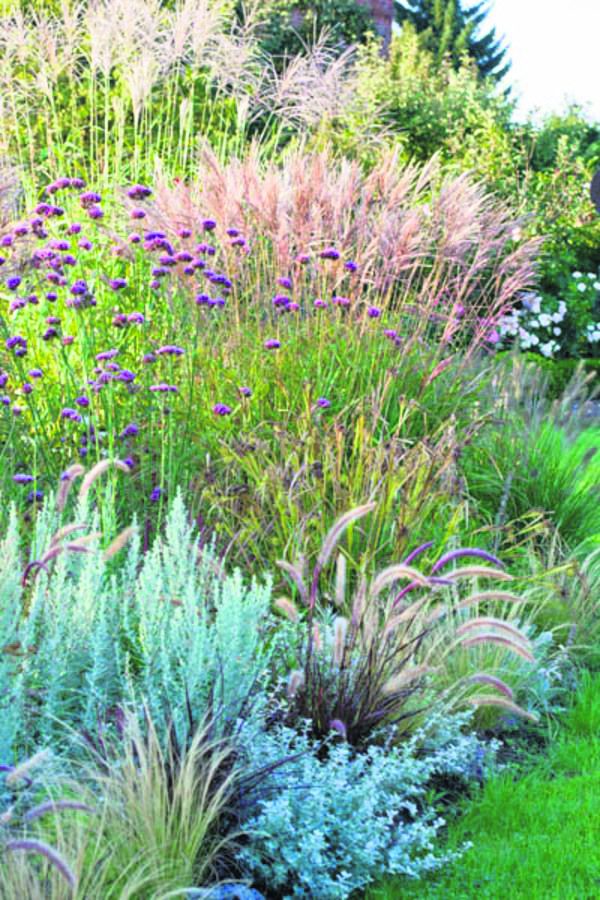
Low maintenance ornamental grasses
Specialist grasses have a taller, clumping habit – and require no mowing – and come in an astonishing range of colour, from blue-grey to purple, pink and shades of orange. Like the ground cover option, these are suitable for repeating over a large area, where they blend into a continuous mass of plush foliage and soft seed stalks that sway in the breeze.
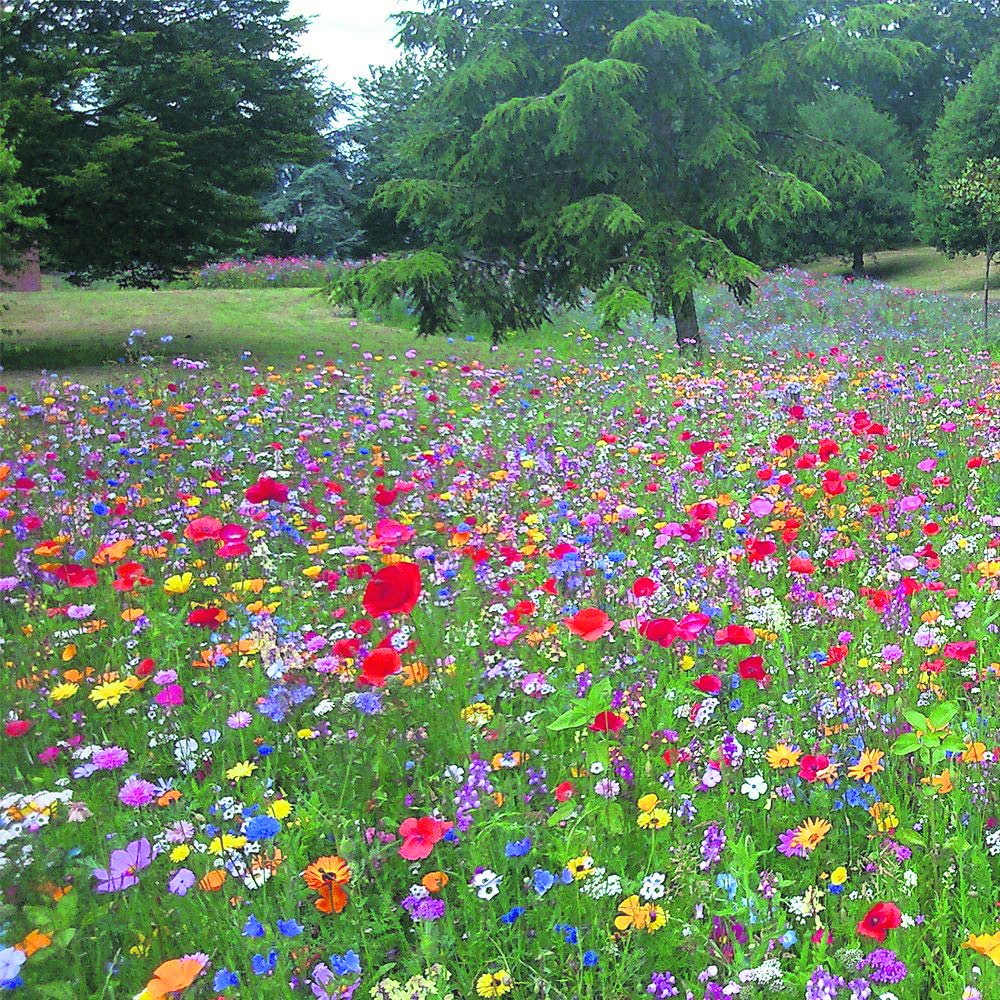
Wildflower meadow
Direct seeding a mixture of native wildflowers is another option for replacing grass. This is especially effective on large rural properties where the semi-wild appearance of a meadow is a good fit with the naturalised landscape. The key is finding the species that are best adapted to the climate and soils where you live.
After they are established, little is needed in the way of maintenance other than an annual mowing.
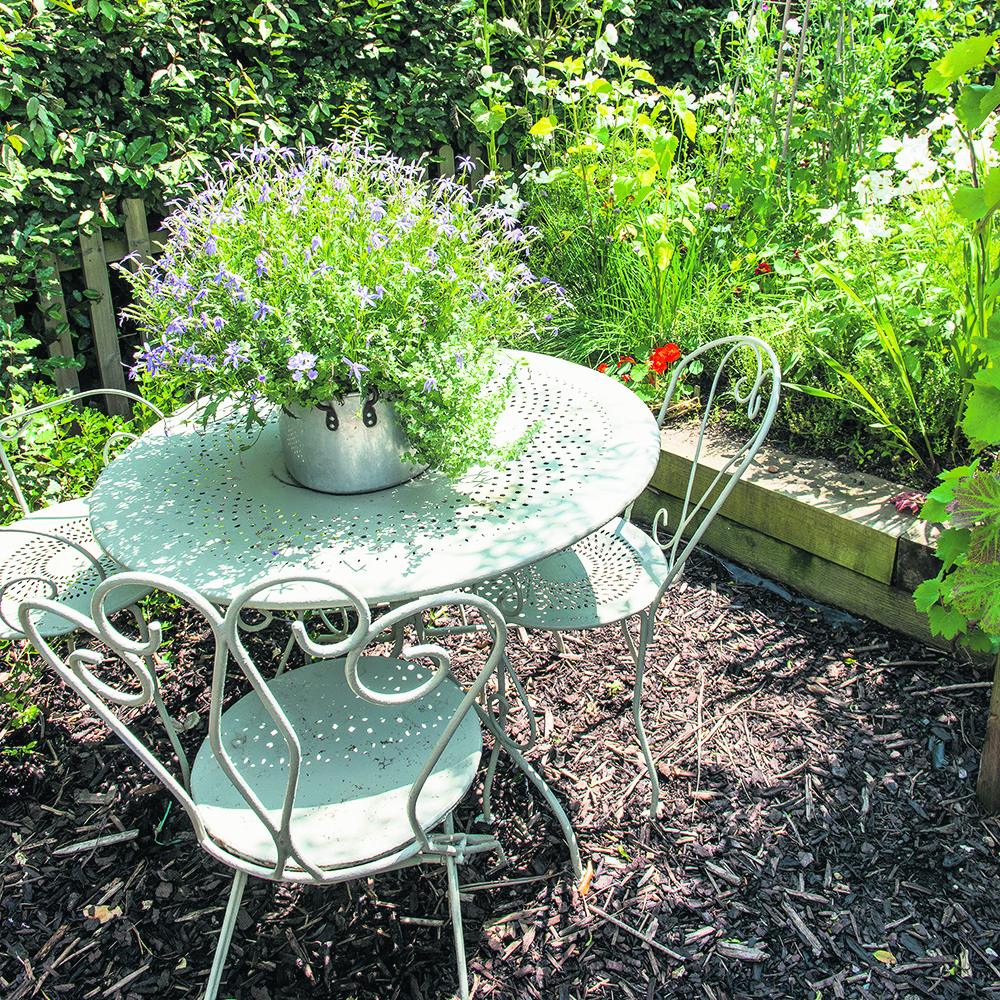
Wood chippings cover
Wood chippings are a very natural and forgiving surface as an alternative to lawn. They’re a great choice if you have children and is unlikely to attract weeds, reducing the maintenance further.
An action plan for less lawn
- Choose least functional lawn areas to replace areas of lawn which are least used, and those which are hardest to mow
- Grow native trees, shrubs and ground covers or native grasses. They will require less fertiliser, or no pesticides, less watering and less maintenance. Birds and wildlife will benefit from the berries and seeds of native plants.
- Mulch annually – shrubs and flower beds should be mulched at least once year with a biodegradable mulch.
- Consider the lawn shape – replacing corners with curves, minimising ‘islands’, small reductions in lawn size can save a lot of mowing time.
- Plant using multiple layers or mixed borders – trees, shrubs and flowers can be planted in layers which successively shade each other.

